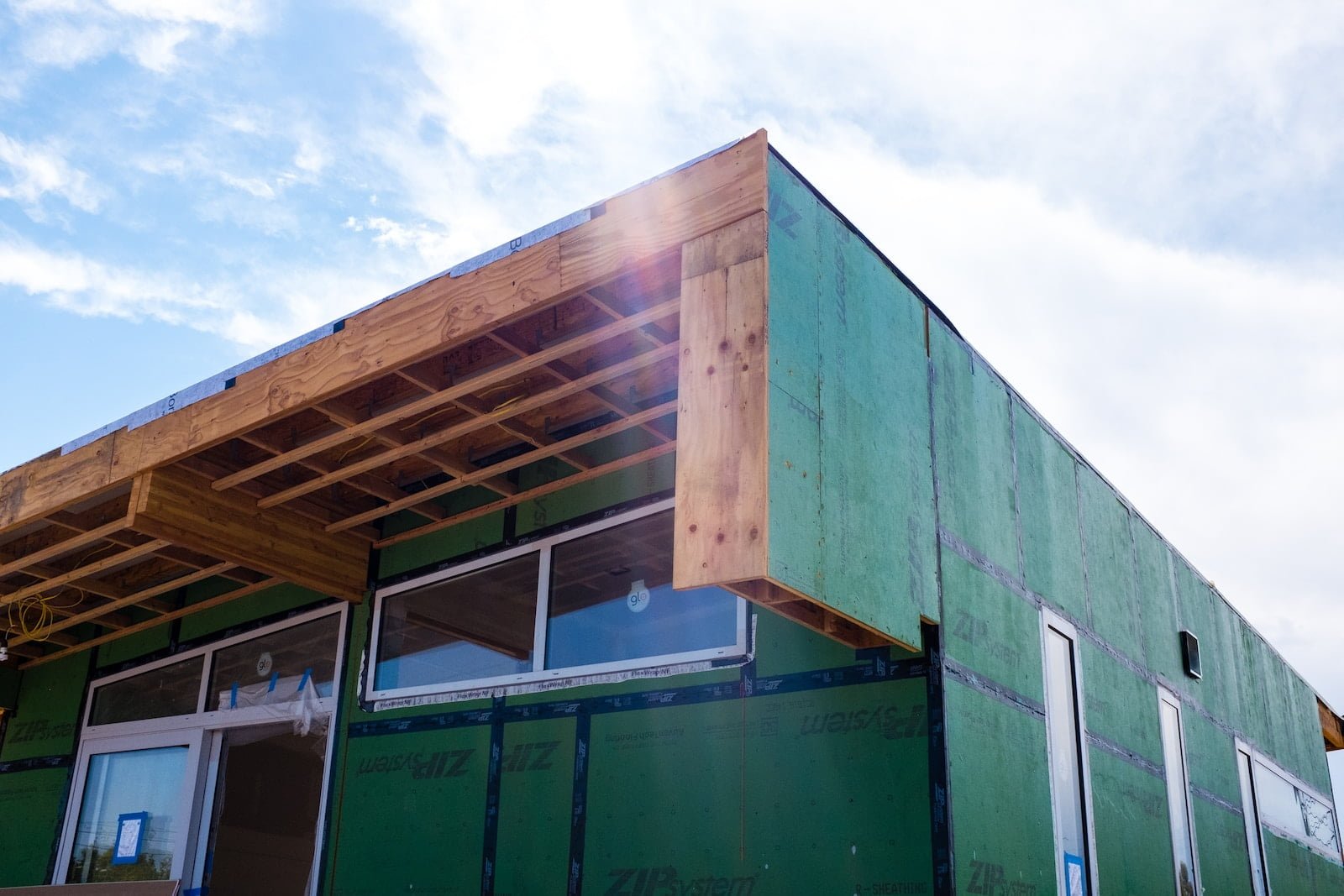Best Time to Replace Your Roof: Tips for Better Outcome
When it comes to roof replacement, timing is everything. The decision to replace your roof is a significant investment, and you want to ensure that you get the best possible results. That’s why it’s essential to understand the importance of timing and when is the best time of year to replace your roof. By planning your roof replacement project at the right time, you can avoid potential issues and maximize the benefits of a new roof. In this article, we’ll explore the best time of year to replace your roof and why it matters.
Timing is a critical factor in any roofing project, and it can have a significant impact on the outcome. The Best Time of Year to Replace Your Roof depends on several factors, including weather conditions, availability of contractors, and your personal schedule. Choosing the right time to replace your roof can help you avoid potential issues such as weather-related delays, increased costs, and missed opportunities. In this article, we’ll discuss the importance of timing in roof replacement and how you can make the most of your investment.
Replacing your roof is a significant investment that requires careful planning and consideration. One of the most crucial factors to consider when planning your roof replacement project is timing. The Best Time of Year to Replace Your Roof can vary depending on your location, climate, and other factors. By understanding the importance of timing and choosing the right time to replace your roof, you can ensure that your project is a success. In this article, we’ll explore the benefits of replacing your roof at the right time and how to determine the best time for your project.
Factors to consider in determining the best time to replace your roof: Tips for better outcome
Another important factor to consider when replacing your roof is the weather. It is important to choose a time of year when the weather is mild and dry. This will ensure that the work can be completed in a timely and efficient manner without any interruptions due to rain or snow. In addition, a dry roof surface is essential for proper installation of roofing materials. Wet or damp surfaces can lead to poor adhesion and potential leaks in the future. Therefore, it is best to avoid scheduling a roof replacement during the rainy season or winter months.
Furthermore, it is important to consider the age of your roof when deciding whether to replace it. Most roofs have a lifespan of 20-25 years, depending on the quality of materials and installation. If your roof is approaching or exceeding this age, it is likely time to replace it. Even if your roof appears to be in good condition, it may have underlying issues that could lead to costly repairs in the future. Therefore, it is best to consult with a professional roofing contractor to assess the condition of your roof and determine if replacement is necessary.
Timing Strategies for the Best Results
When planning your roof replacement project, timing is crucial to ensure the best results. The ideal time to replace your roof is during the dry season, typically from late spring to early fall. This is because the weather conditions are more favorable and will allow the roofing contractors to work efficiently without any interruptions. However, it’s important to note that the timing may vary depending on your location and the climate in your area.
Another timing strategy to consider is scheduling your roof replacement project before the peak season. This will help you avoid the rush and ensure that you get the best roofing contractors available. During the peak season, roofing companies are often fully booked, and you may have to wait for weeks or even months before they can start working on your roof. By scheduling your project before the peak season, you can also negotiate better prices and avoid the price hikes that often occur during the peak season.
Lastly, it’s important to consider the timing of your roof replacement project in relation to other home improvement projects you may have planned. For instance, if you’re planning to repaint your house or install new windows, it’s best to do it before the roof replacement project. This will help you avoid any damage to your new roof and ensure that the other home improvement projects are not delayed due to the roofing project.
In conclusion, timing is a critical factor to consider when planning your roof replacement project. By following these timing strategies, you can ensure that you get the best results and avoid any potential delays or setbacks.
Best time of year to replace your roof for maximum efficiency
When it comes to replacing your roof, the time of year can have a significant impact on the efficiency of the process. The best time to replace your roof is during the warm and dry months of the year. Spring and summer are ideal, as the weather is typically more predictable and stable. This allows for a smoother and quicker installation process, as well as a better outcome overall.
On the other hand, winter can be a challenging time to replace your roof, as the cold temperatures and snow can make the process more difficult and time-consuming. The cold weather can also impact the materials used in the installation process, making them more brittle and less pliable. Additionally, the shorter days and longer nights can limit the amount of work that can be done each day.
Ultimately, the best time to replace your roof will depend on your specific location and climate. It’s important to work with a reputable roofing contractor who can provide guidance on the best time to replace your roof and ensure that the installation is done correctly, regardless of the weather conditions.
Tips for choosing the best time of year to replace your roof
One of the most important decisions you’ll make when replacing your roof is choosing the best time of year to do it. Timing is everything when it comes to roof replacement, as it can affect the quality and lifespan of your new roof. So, what’s the best time of year to replace your roof? The answer depends on several factors, including the weather, your budget, and your schedule.
If you’re looking to maximize the lifespan of your new roof, it’s best to avoid replacing it during extreme weather conditions. Summer and winter are the most challenging times to replace a roof, as the extreme heat and cold can make the job more difficult and affect the quality of the installation. Spring and fall are the ideal seasons for roof replacement, as the weather is mild and stable, making it easier for roofing contractors to work efficiently and ensure a high-quality installation.
It’s also essential to consider your budget and schedule when choosing the best time of year to replace your roof. Roofing contractors are typically busiest during the summer months, which can drive up the cost of roof replacement. If you’re looking to save money, consider scheduling your roof replacement during the off-season, when contractors may offer discounts or special promotions.
In conclusion, choosing the best time of year to replace your roof is crucial to maximizing its lifespan and ensuring a high-quality installation. Consider the weather, your budget, and your schedule when making this decision, and don’t hesitate to consult with a professional roofing contractor for guidance. With the right timing and expert installation, your new roof can provide reliable protection and beauty for years to come.

